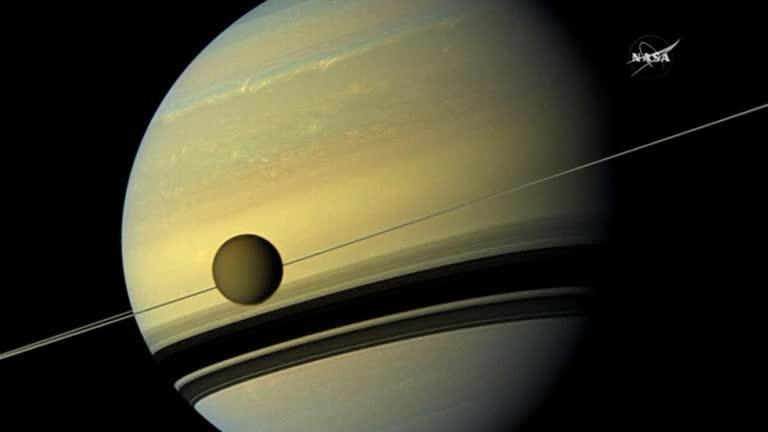A number of scientists have speculated that Titan, the moon of Saturn, could be the home of extraterrestrial life.
Now, researchers have possibly discovered an unusual sight on the satellite: fresh rainfall.


Now, researchers have possibly discovered an unusual sight on the satellite: fresh rainfall.